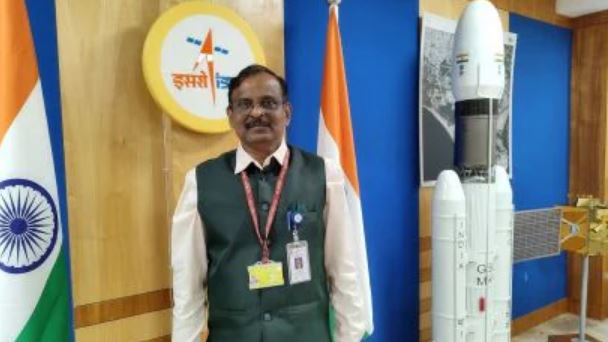Bhubaneswar: Chairman of Indian Space Research Organisation (ISRO) V Narayanan Wednesday said that his organisation was committed to ensuring the safety of the citizens of the country, including the security of its border, both land and sea.
Narayanan said, “ISRO has at least 56 operational satellites of which sufficient numbers are used for the safety and security of the country.”
He said ISRO programmes are meant for bringing advanced space technology for the benefit of common man of this country in multiple domains such as telecommunication, tele-education, disaster warning and mitigation, weather prediction, resource management, ensuring food security, water security and of course, security of all the citizens.
“Our country has almost 11,500 kilometres long shoreline. One has to keep vigil on that area and, of course, the border areas. So we are doing applications in multiple areas. So, do not specifically ask about ISRO’s role in ensuring the security and safety of the country. We are doing whatever is required and whatever is possible,” he said, replying to a question on ISRO’s role in Operation Sindoor.
Narayanan said that ISRO, along with other organisations, has the responsibility to ensure the safety and security of citizens. “We are doing whatever is required and whatever is possible. Don’t ask specific questions,” he told reporters after visiting the Central Tool Room and Training Centre (CTTC), Bhubaneswar.
On India’s space exploration, Narayanan said his organisation is now working on the Chandrayaan-4, which aims to collect lunar surface samples and return them to Earth. He said Chandrayaan-4 will land on the Moon, collect samples and bring them back to Earth, thereby enhancing our understanding of lunar geology and potentially aiding in future space missions.
Narayanan said ISRO is also collaborating with Japan for Chandrayaan-5. Its mission is expected to be more extensive compared to its predecessors. The total launch weight for Chandrayaan-5 will rise to 6,400 kg, a marked increase from Chandrayaan-3, which was 5,000 kg.
This includes, he said, the enhancement of the life span of the Chandrayaan-5 rover, which will weigh 350 kg—much more than the 25 kg of the previous rover. This new phase will allow for a mission duration extended from a mere 14 days to a full 100 days, ensuing a detailed exploration of the lunar surface, he said.
The ISRO chairman also said, “ISRO is also working on Gaganyaan mission. The first uncrewed mission is scheduled for launch later this year. Then, two more crewed missions will carry space passengers in the first quarter of 2027. Besides, there will be two missions in partnership with NASA.”
PTI
